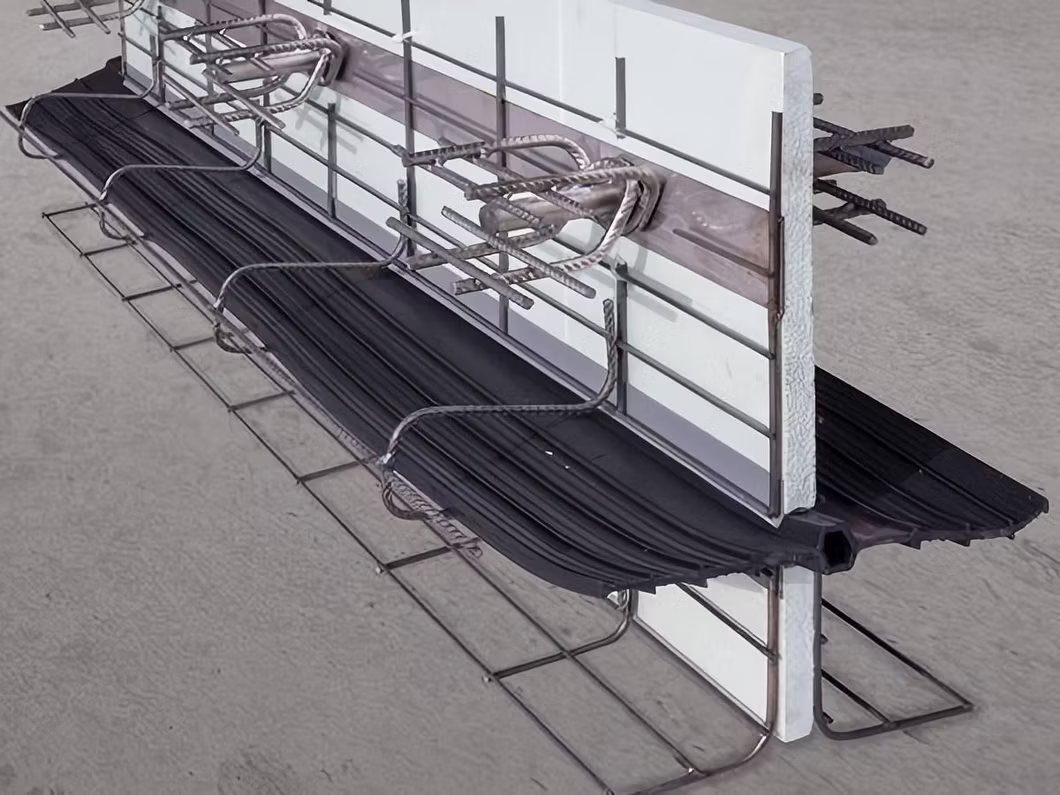In the intricate world of construction, water infiltration can pose significant threats to the structural integrity and durability of buildings. To tackle this challenge, engineers and architects have turned to a simple yet effective solution: waterstops. These innovative devices are designed to prevent the ingress of water into structures, ensuring that they remain dry, safe, and functional.
Waterstops come in various forms, each tailored to specific applications. One common type is the rubber waterstop, often used in concrete structures like tunnels, dams, and buildings. These strips of rubber are embedded within the concrete joints, creating a watertight seal that prevents water from penetrating through cracks or joints. Their flexibility allows them to adapt to the minor movements and settlements that occur over time, maintaining a tight seal without cracking or breaking.
 A practical example of rubber waterstop application is in the construction of underground subways. In cities like New York, where the subway system is a vital component of daily life, the tunnels must be impervious to water to prevent flooding and ensure smooth operations. Rubber waterstops are strategically placed along the tunnel walls and floors, creating a continuous barrier that keeps groundwater at bay. Even during heavy rainfall or during natural disasters like hurricanes, these waterstops perform their function flawlessly, protecting the subway system from potential water damage.
A practical example of rubber waterstop application is in the construction of underground subways. In cities like New York, where the subway system is a vital component of daily life, the tunnels must be impervious to water to prevent flooding and ensure smooth operations. Rubber waterstops are strategically placed along the tunnel walls and floors, creating a continuous barrier that keeps groundwater at bay. Even during heavy rainfall or during natural disasters like hurricanes, these waterstops perform their function flawlessly, protecting the subway system from potential water damage.
Another type of waterstop is the self-expanding butyl strip waterstops, commonly used in retaining walls and other structures where pressure from water or soil can cause joints to expand. These waterstops are made from materials that expand when they come into contact with water, filling any gaps or voids and creating an impermeable seal. This is particularly useful in situations where the exact joint width may vary or where there is a risk of water pressure increasing over time.
Waterstops are not just limited to large-scale infrastructure projects; they also play a crucial role in residential and commercial constructions. For instance, in basements and underground parking garages, waterproofing is paramount to prevent mold, mildew, and structural damage. By installing waterstops in the foundation walls and floor joints, builders can ensure that these spaces remain dry and habitable, enhancing the overall quality and longevity of the buildings.
In summary, waterstops are indispensable in maintaining the waterproof integrity of structures across a wide range of applications. Their versatility, combined with advancements in materials and design, makes them a reliable solution for ensuring that buildings stand strong against the relentless force of water. By incorporating waterstops into their designs, engineers and architects can build structures that are not only robust but also resilient and sustainable.
 Hengshui Aohong Engineering Materials Co., Ltd.
Hengshui Aohong Engineering Materials Co., Ltd.

Scan the QR Code to start a WhatsApp chat with us.